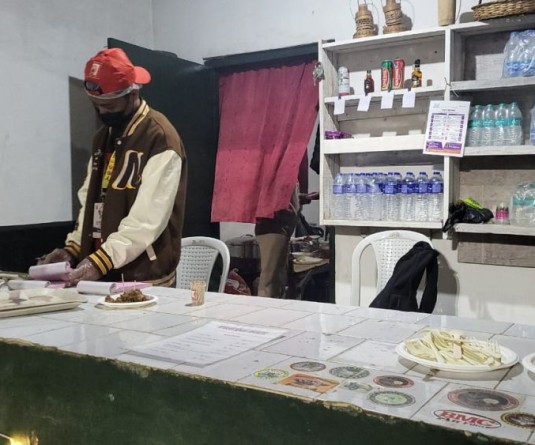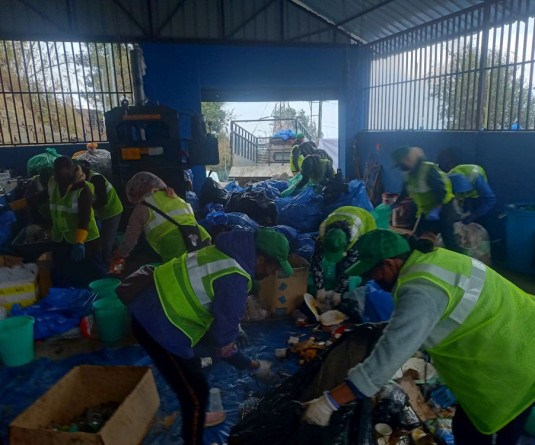NPCB and healthcare officials interact during an inspection of a biomedical waste disposal site. (Photo Credit: NPCB)
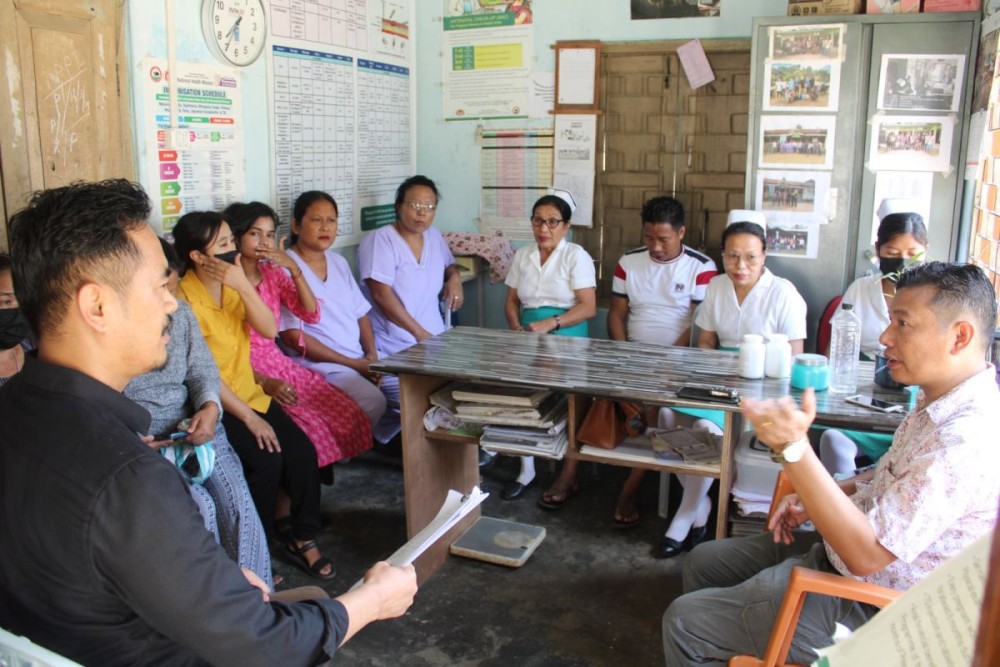
Generating over 1000 kilos of biomedical waste daily, NPCB flags the need for a common treatment facility
Morung Express News
Kohima | October 15
As Nagaland’s healthcare infrastructure expands, so does its generation of biomedical waste, an often-overlooked by-product of growth. From hospitals, diagnostic centres and clinics to small rural health units, the safe management and disposal of medical waste has become a pressing environmental and public health concern in the state.
The Nagaland Pollution Control Board (NPCB), which oversees biomedical waste management under the Biomedical Waste Management Rules, 2016, has so far issued authorisations to 756 healthcare facilities across the state for the generation, collection, segregation, treatment, storage, transport, and disposal of biomedical waste.
According to its 2024 annual report, Nagaland generates about 1,003.71 kilograms of biomedical waste every day. Despite these figures, the NPCB admits it has not yet undertaken a detailed case study or research on biomedical waste generation.
Dimapur leads in waste generation
Among Nagaland’s districts, Dimapur tops the list, producing 334.94 kg/day of biomedical waste, followed by Kohima (223.60 kg/day) and Chümoukedima (171.86 kg/day), informed Akangmeren Imchen, Scientist ‘C’ at NPCB.
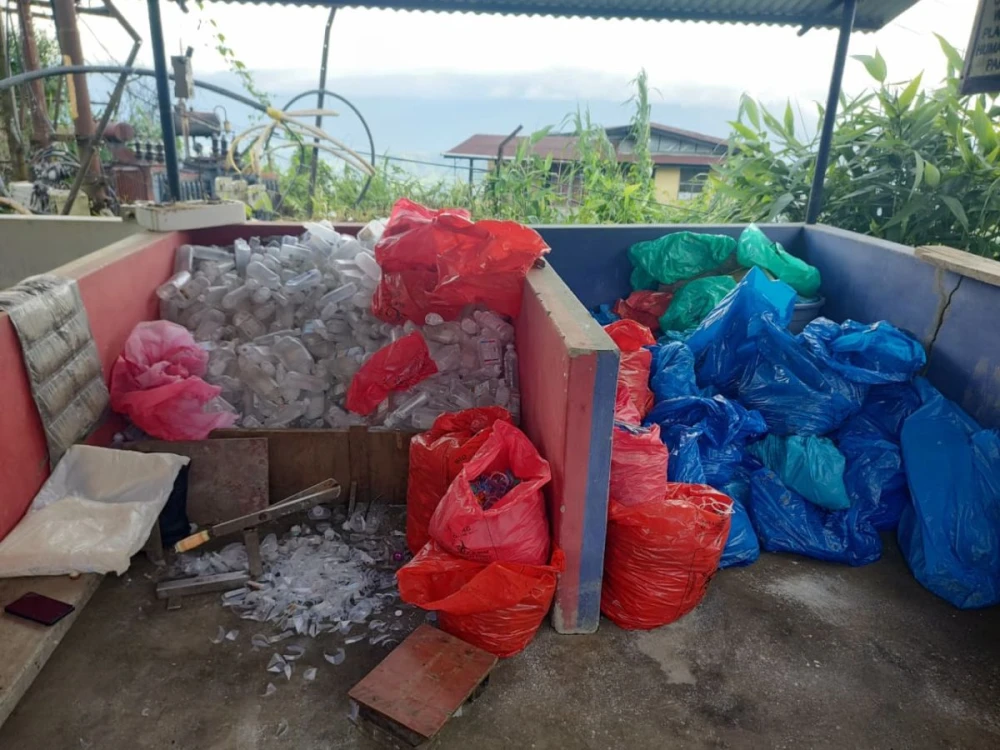
He attributed the higher output to differences in population density and the greater number of healthcare facilities in urban areas.
Segregation remains a major challenge
While segregation of infectious and non-infectious waste at the point of generation has improved over the years, Imchen admitted that more effort and commitment are needed for overall improvement in biomedical waste management.
“Private clinics and other non-bedded health centres generate smaller quantities of waste, and hence the management is relatively better,” he said, adding that all healthcare facilities are required to strictly segregate biomedical waste at the source.
However, he noted that monitoring remains inconsistent due to limited manpower, with inspections for non-bedded healthcare facilities conducted randomly rather than regularly.
Persistent challenges
Despite the NPCB’s enforcement efforts, several challenges continue to hamper proper waste management. These include inadequate training on waste segregation, inconsistencies due to patient overload, lack of regular reinforcement, human error and negligence, and shortage of equipment and funding.
Limited treatment facilities
Currently, Nagaland has two captive incinerators, 731 deep burial pits, 717 sharp pits, 313 autoclaves, 36 microwaves, and 806 needle cutters and burners installed across healthcare facilities.
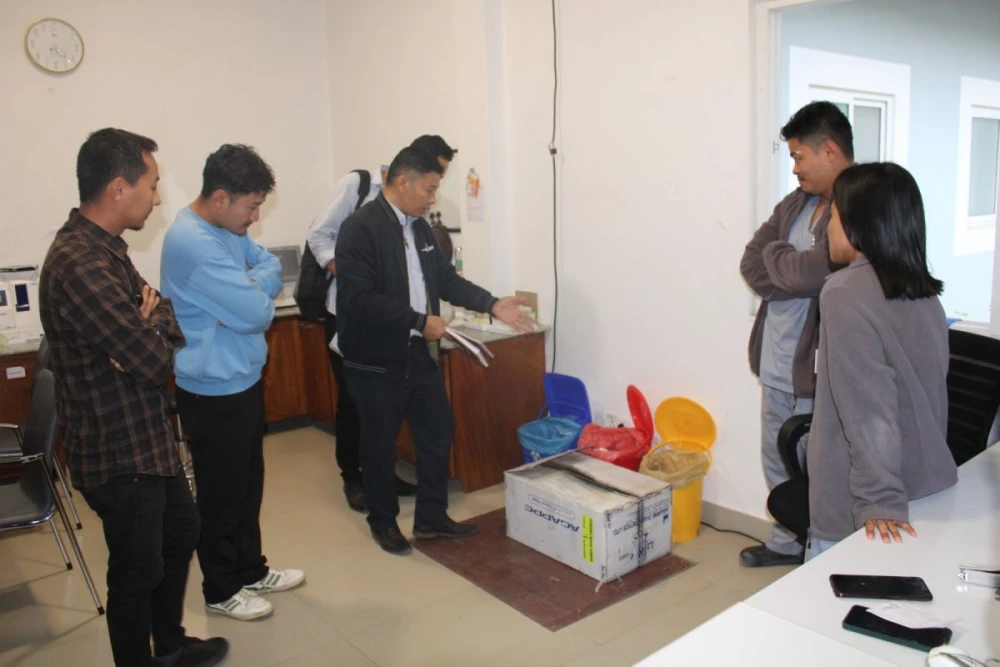
However, the state still lacks a Common Biomedical Waste Treatment Facility (CBWTF) — a centralised plant for scientific disposal. In rural areas, Sub-Centres, Health & Wellness Centres, and Primary Health Centres (PHCs) depend on deep burial and sharp pits for disposal, as per standards under Schedule II of the Biomedical Waste Management Rules, 2016, Imchen said.
While the NPCB monitors hospitals, laboratories, and clinics through authorisations, inspections, and enforcement of standards, it also works with the Department of Health and Family Welfare (DoH&FW) to strengthen policies, conduct training programmes, and oversee implementation.
Need for a common treatment facility
With new hospitals, diagnostic centres, and laboratories emerging, Nagaland’s biomedical waste load is expected to rise further. The Pollution Control Board has therefore emphasised the urgent need for a Common Biomedical Waste Treatment Facility.
“But till date, no private party or department has come forward for setting up a Common Biomedical Waste Treatment Facility,” Imchen stated.
He said that while establishing such a facility is the most efficient way to manage biomedical waste, strict compliance with rules, mandatory segregation, infrastructure development, and continuous training and capacity building remain key strategies to tackle the growing problem.
Until the state is equipped with a CBWTF, Imchen emphasised that “it is the responsibility of healthcare occupiers to ensure safe disposal.”


